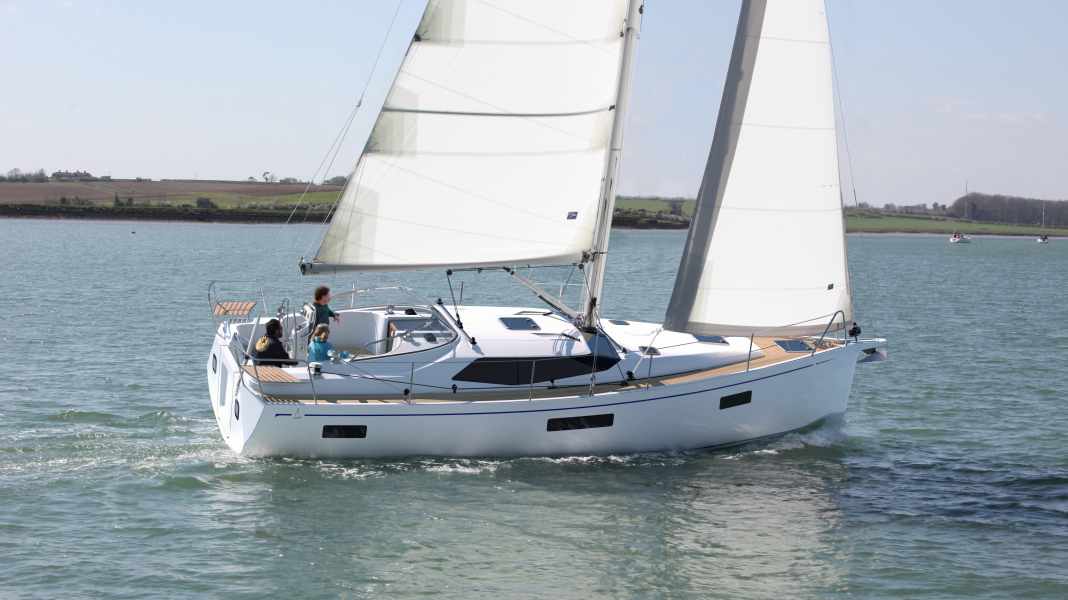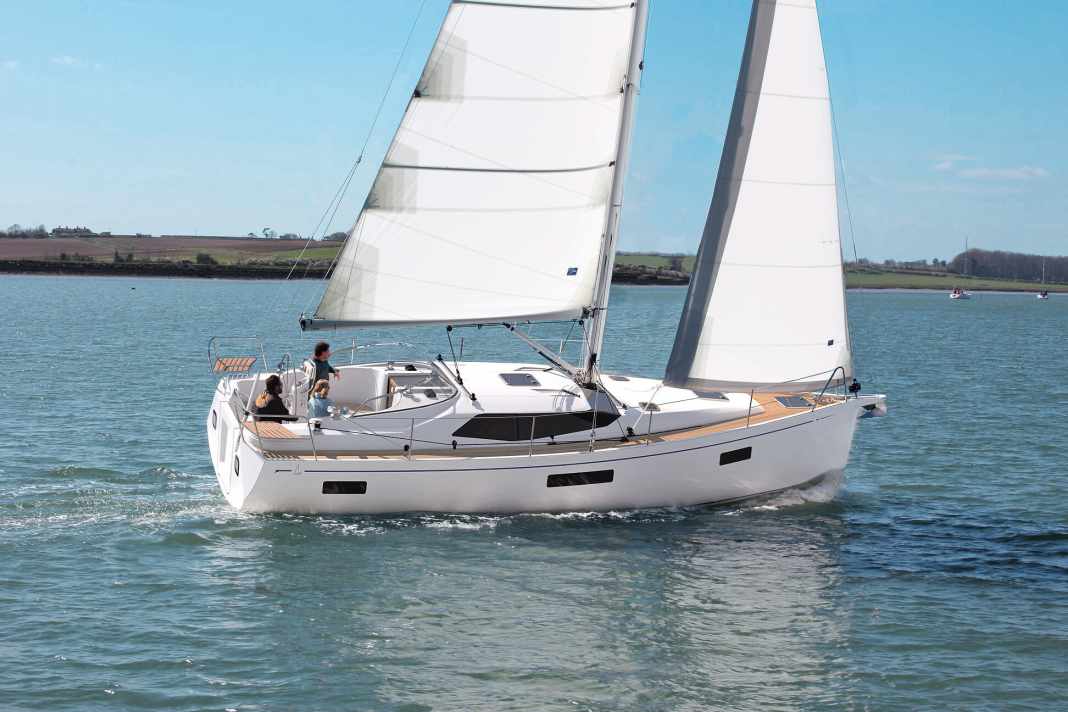Boats up to date: GT 325, a solid coastal cruiser from England

The still young GT Yachts brand made a highly acclaimed debut in 2015 with the GT 35. In the YACHT test (issue 8/2015), Stephen Jones' design not only impressed with its solid sailing characteristics and all-round good build and finishing quality, but also with many well-considered details. The Conrad Cockburn shipyard in Southampton is now working on a new, slightly smaller model. Designer Stephen Jones has been commissioned to work on a new and contemporary development of the Sadler 290, which he designed himself and which is an extremely popular and very successful cruising boat, especially in England.
The main difference between the new GT 325 and its larger sister GT 35 is the massive cabin superstructure with an all-round panoramic window for more light inside and better views. The owners sleep on a bunk in the foredeck, the princely dimensions of which are intended to set new standards in the class. A small toilet room can also be installed in the foredeck on request. However, this would require the berth area to be reduced slightly on one side. The aft cabin with its large double bed also offers plenty of space and a high level of comfort. What's more, the two sofa berths in the saloon can be used as additional sleeping accommodation.
The bathroom with WC, washbasin, pull-out shower and oil locker is also installed aft. GT Yachts has given plenty of space to the galley, which is installed far aft on the port side. In the form of an almost completely enclosed alcove, it is designed to offer good safety and plenty of support for galley work at sea. However, this means that a possible extension variant with three separate double cabins is no longer possible. The layout for owners remains with one compartment at the rear and one at the front.






The cockpit design obviously prioritises safety and seaworthiness. As with the predecessor model GT 35, the cockpit and the dents of the new 325 model are installed low down and surrounded by a strikingly high coaming. A large, folding rear platform also closes off the cockpit at the rear. However, with the comparatively slim cockpit moulded all round, only one steering column is possible, but with a large wheel. Alternatively, the GT 325 could also be equipped with a tiller steering system.
The customer must also choose which keel variant he wants to have built under the boat. The single fin keel with a comparatively modest draught of 1.50 metres is standard. As an alternative, the shipyard also builds the boat with two chine keels, on which the boat can safely and stably fall dry, even regularly in tidal waters. There are also variants for the sails. A self-tacking jib is also possible instead of the overlapping genoa with line-adjustable hove-to points. The GT 325 is also equipped with a permanently attached bowsprit right from the shipyard, to which a gennaker or code zero can be attached. The bow extension also serves as an anchor holder.
The hull is built at the shipyard in England using a vacuum infusion process with a foam core and osmosis-resistant vinyl ester resin. Below the waterline, the structures are fully laminated and stiffened with a carbon-reinforced floor assembly. The deck is laminated as a GRP sandwich construction.
The first GT 325 boat is currently being completed and is due to enter the water for the first time in autumn 2022. The shipyard has also already communicated the prices. At the current exchange rate to the pound sterling, the ship will cost around 242,300 euros including sails. Including 19 per cent VAT, the base price is 288,330 euros.
